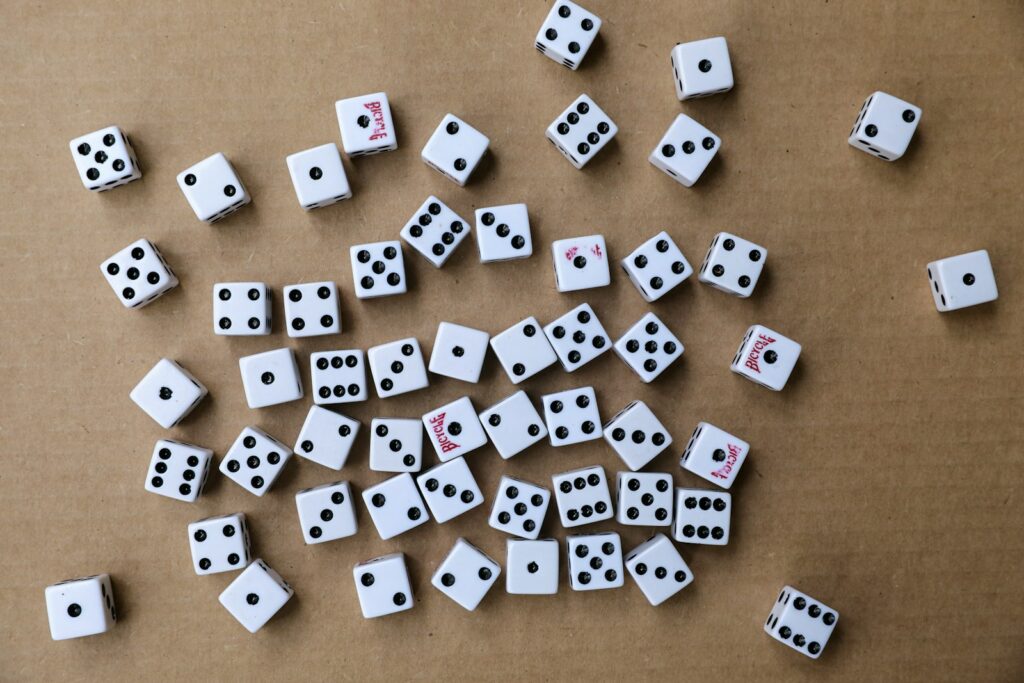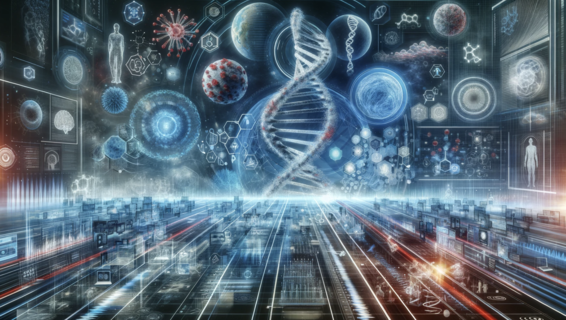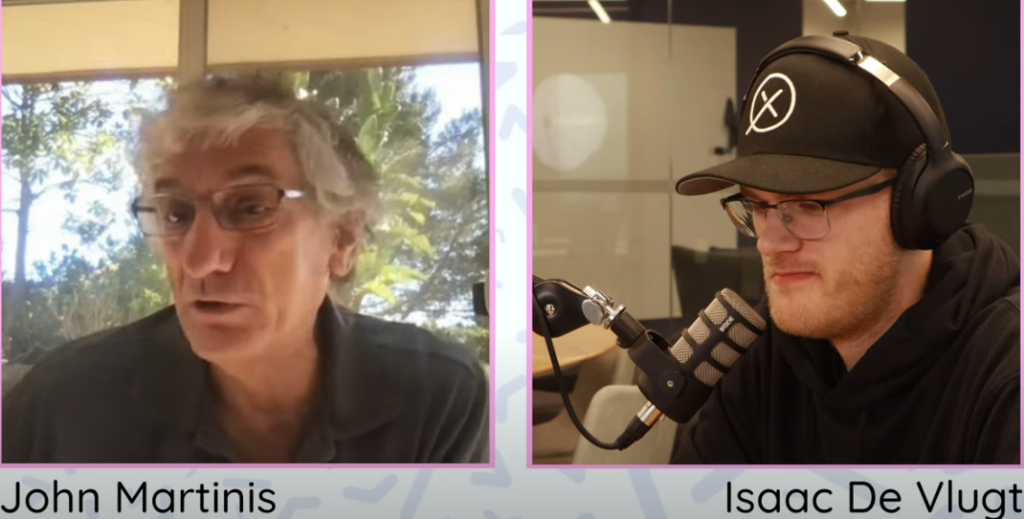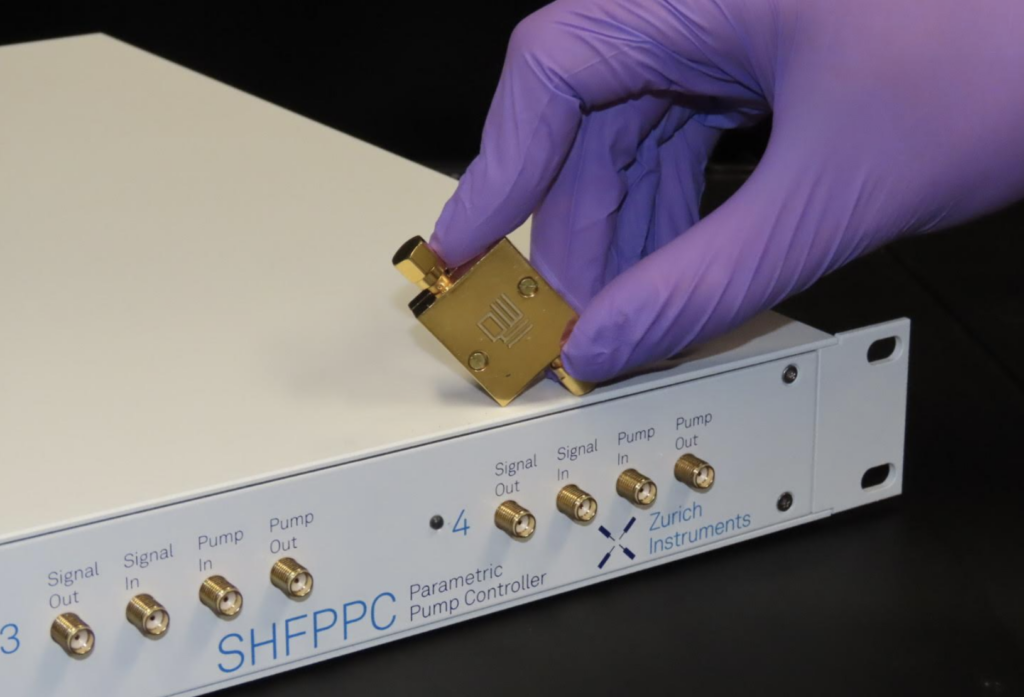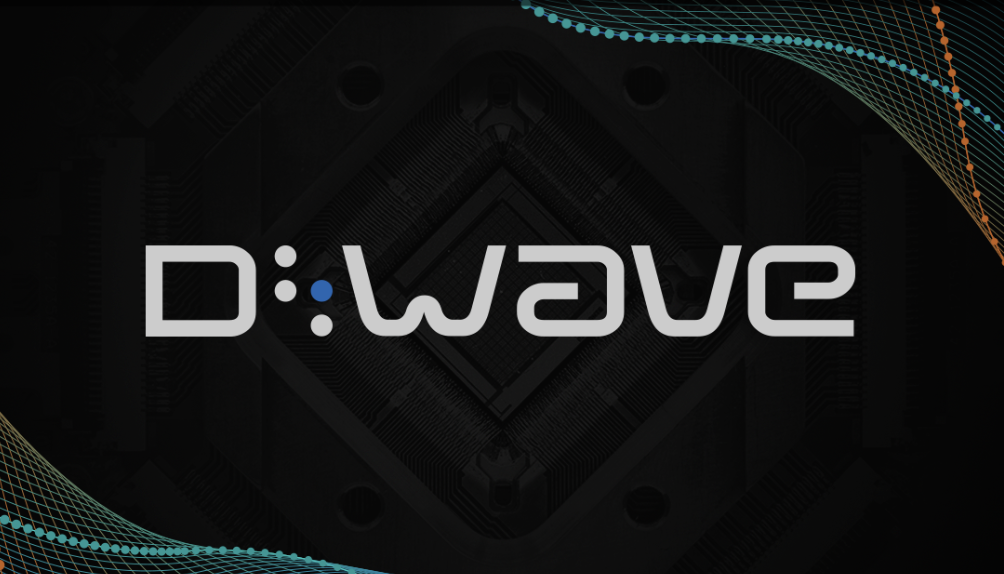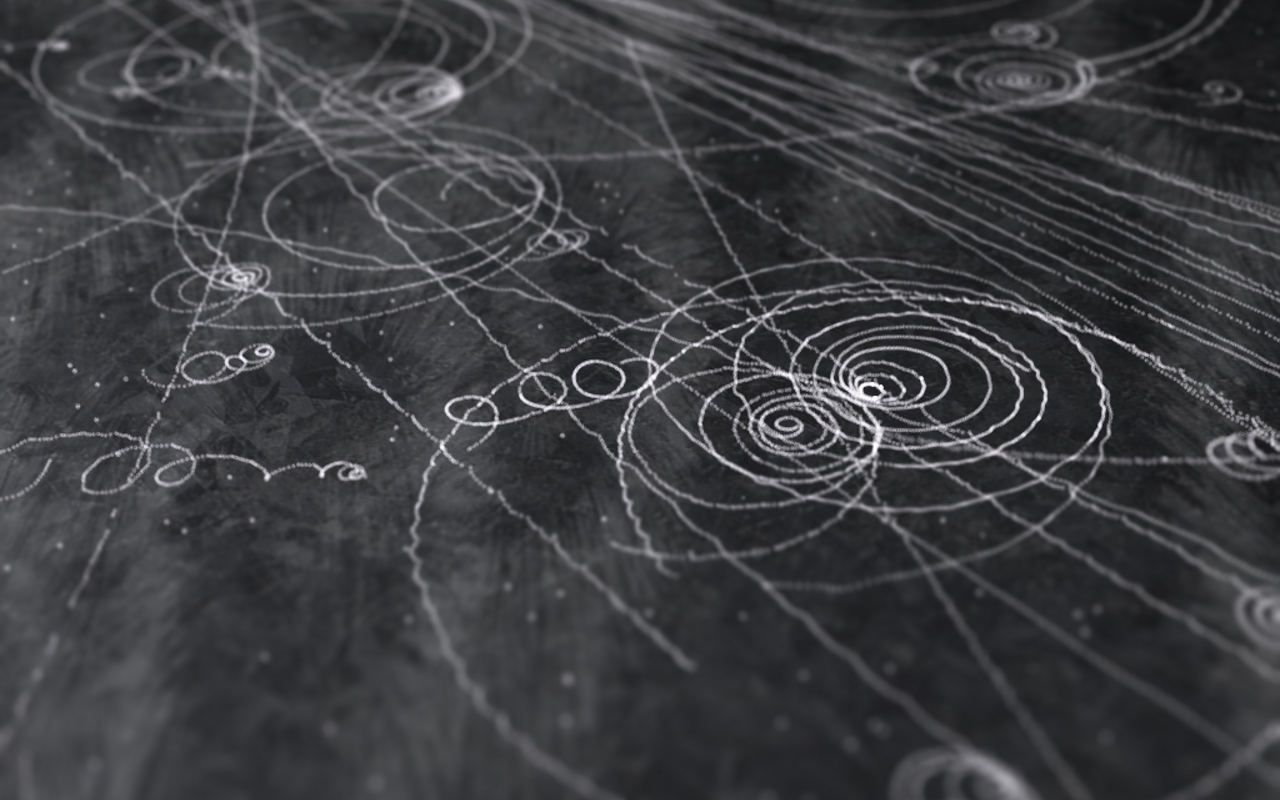
Research from Yale University, newly published in Annals of Physics, has established that we can unify the ways in which we describe measurements in classical physics and quantum physics, which was discussed in a previous article here on The Quantum Daily. Even if we don’t use the new resources this gives us, because quantum physics is very effective for modeling experiments, it encourages us to look at quantum physics in a new light.
If we start from signal analysis, there is no need for anything to “Collapse”. Signals may move a lot from measurement to measurement as the signal level is averaged over time and recorded every microsecond, say, but that raw data does not tell us how the signal level would change if we averaged and recorded it every picosecond. The hardware may record only the times at which a “trigger” is satisfied, but the signal has not collapsed: the compression algorithm has just done its work of discarding a lot of information and recording a very compressed trace of the details of the signal.
Collapse of the wave-function or measurement compatibility
One of the great divides between interpretations of quantum mechanics is the question of “Collapse” or “No-Collapse” of the wave-function. Indeed, although Niels Bohr and Werner Heisenberg are often credited with being joint architects of the Copenhagen Interpretation, they are on opposite sides of this question. Bohr discusses “complementarity” or “incompatibility” of measurements while Heisenberg discusses “collapse of the wave-function”: the two do not meet.
One equation brings them together. A wave-function in quantum mechanics tells us the average of measurement results when we perform a measurement in a physical state that corresponds to that wave-function. When we perform a measurement, we can either say:
- that the wave-function “collapses”; or
- that we apply a “collapse” to subsequent measurements, so that all measurements are compatible, but the wave-function does not change.
In either case, the averages of subsequent measurement results are changed in the same way. In words and equations:
| A wave-function that has collapsed, used with subsequent measurements, is the same as the uncollapsed wave-function used with the collapsed subsequent measurements |
A physical state ρ that has collapsed to ρA, used with a subsequent measurement X, is the same as the uncollapsed physical state ρ used with the compatible measurement XA ρA(X) = ρ(XA) |
This is part of what we call a duality between states and measurements.
What “collapse of the wave-function” achieves is the same as “all measurements performed together in the same physical state must be compatible”, which is what is required by classical physics. That, without ceremony, satisfies something on which Bohr always insisted: an experiment must be classically described, with quantum mechanics only used for the analysis. With the unification of classical and quantum physics, however, we can use whichever is convenient for the analysis.
We do not have to make a choice between “Collapse” and “No-Collapse” once and for all. We can translate from a “Collapse” approach to a “No-Collapse”approach whenever we like, so we can use whichever is more useful. This is not a “Collapse” wins, “No-Collapse” loses scenario, it’s a unification that shows that the two sides are equivalent.
The many-worlds interpretation of quantum mechanics
Hugh Everett’s PhD thesis, in 1957, adopted the extreme idea that there is never any collapse of the wave-function. This approach has come to be mostly associated with the many-worlds interpretation of quantum mechanics, in which the world branches every time a measurement is performed.
If there are no collapses, however, then there is another important property of measurement, both for classical mechanics and for quantum mechanics: when we repeat a measurement, we always get exactly the same measurement result. This has many consequences, but perhaps the most significant is for the many-worlds interpretation of quantum mechanics: there can be many worlds, but there cannot be any branching.
Here’s why: suppose that two worlds are different but they are both branches from the same, earlier world. If they are different, then there is at least one measurement that will give different measurement results. But that’s impossible, because we could have performed the same measurement before the branching, in which case whatever measurement result would have been obtained then would have to be same as two different values.
Nonetheless, thinking classically —which, if we’re alive to subtleties, we can now allow ourselves to do—, there can be an appearance of branching if the dynamics is chaotic. We might notice no difference between two worlds until the chaotic dynamics makes the difference suddenly conspicuous.
Even if the idea of branching isn’t in the mathematics of classical physics or of quantum physics, the interpretation of classical probability includes the many-worlds idea, which is particularly associated with the philosopher David Lewis. There can still be another world in which our alter ego is doing completely different things, but if we want to model branching explicitly, we will have to use a different mathematics.
Looking deeper and forward
The published version of the article in Annals of Physics that underlies the above (see Section 7.1 in particular), “An algebraic approach to Koopman classical mechanics”, which I’ve taken to calling AlgKoopman, may be found here. It may be downloaded free until April 2nd, 2020, using this link, or a preprint that is fairly close to the published version may be found here.
There has been some feedback from experts on the previous article. One was annoyed that the description of signal analysis was “barely coherent”, so don’t take me to be an expert on signal analysis. Another said just “Bell’s theorem”, which is discussed in Section 7.2 of AlgKoopman (let’s not fool ourselves: experts will find just three pages unsatisfying!) A future article on The Quantum Daily will discuss how we can think about experiments both ways.













